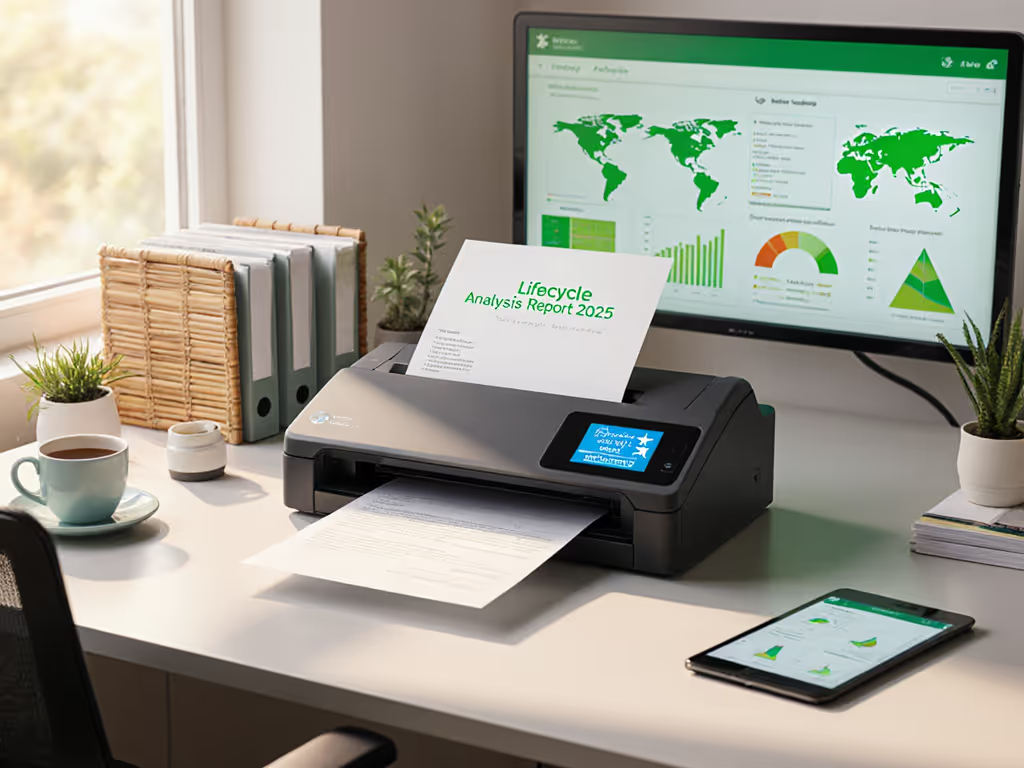
Professional Scanners Built for High-Volume Reliability

When your business depends on transforming stacks of paper into searchable, compliant digital assets, you need a professional document scanner that delivers predictable results under pressure. In regulated environments where exceptions trigger costly rework or audit findings, high volume production scanners must be engineered for resilience, not just speed. The difference between a successful digitization initiative and a chronic workflow bottleneck often comes down to operational design choices made long before unboxing the hardware.
Redundancy is cheaper than downtime
Why "Fast" Isn't Enough for Professional Workflows
Most purchasing decisions focus narrowly on pages per minute (ppm) ratings while ignoring the critical path factors that actually determine end-to-end throughput. I've seen too many organizations select scanners based on brochure specs only to struggle with real-world performance when scanning aged medical records, wrinkled receipts, or stapled legal exhibits. Speed claims assume perfect conditions (ideal paper, single page thickness, uniform size), which rarely exist in professional environments.
Your ADF (Automatic Document Feeder) capacity means little if double-feed detection fails with mixed-stack documents. Multi-feed sensors must be verified against your actual document profiles, not manufacturer test sheets. A scanner rated at 120 ppm that jams every 500 pages delivers far less throughput than an 80 ppm model that runs continuously for 4 hours.
Consider this: during a healthcare audit rehearsal I observed, a "smart" scanner choked on wristband labels and lost index fields. The solution wasn't swapping hardware, it required re-engineering feeds, duplex sensors, and error logging protocols. This experience reinforced my core principle: reliability is a control measure; resilience must be designed, not hoped for.
Critical Evaluation Criteria for Production Scanners
When hardening capture workflows for legal, healthcare, and finance teams, I evaluate scanners through a controls lens rather than marketing specifications. Here are the non-negotiables for high duty cycle scanners worth considering:
1. Exception Handling Architecture
How does the scanner respond when reality deviates from ideal conditions? Look for:
- Physical error isolation: Clear separation of jammed documents without destroying batch sequence
- Configurable error thresholds: Ability to define what constitutes a "critical" error (double-feed, skew) versus a warning
- Digital audit trails: Timestamped logs showing document sequence, error types, and operator actions
- Immutable recovery points: Ability to resume from last good document rather than restarting entire batch
Many devices clear errors but fail to record them, creating blind spots during compliance reviews. If your scanner can't prove what happened during a failed batch, it creates regulatory risk.
2. Document Profile Management
Mixed-stack scanning demands intelligent document differentiation. Leading government grade document scanning solutions implement:
- Pre-scan analysis: Detecting document type before final image processing
- Adaptive processing paths: Applying different OCR settings to receipts versus contracts
- Patch code recognition: Automated batch separation without manual intervention
- Size and thickness profiling: Reducing misfeeds on mixed media (IDs, receipts, normal paper)
Without these capabilities, you'll face constant manual intervention, undermining your ROI calculations based on "hours saved."
3. Authentication and Access Control
Shared devices in regulated environments require granular security. Essential features include:
- Role-based scan profiles: Paralegals see only matter-specific destinations; accountants access only finance-related destinations
- Digital signature on output: Verified operator ID embedded in each document
- Temporary profile caching: Preventing unauthorized access when swapping staff shifts
- Audit trail integration: Direct logging to SIEM systems like Splunk or QRadar
This transforms your scanner from a simple input device into a controlled transaction point (critical for SOX, HIPAA, or GDPR compliance).
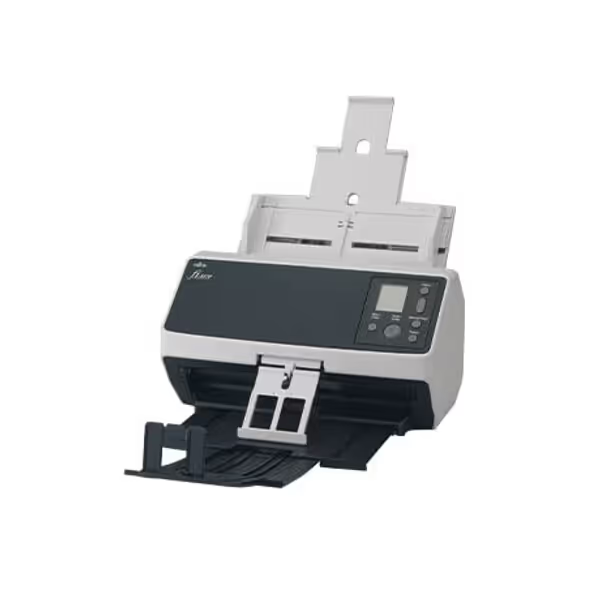
Fujitsu fi-8170 Document Scanner
Scanner Comparison: Performance Under Pressure
Let's evaluate leading options through the lens of reliability and control. I've ranked these based on verifiable performance in production environments, not showroom demonstrations.
Fujitsu fi-8170: Precision Engineering for Mixed Media
The Fujitsu fi-8170 delivers where it counts for small professional teams handling 5,000-10,000 pages daily. Its Clear Image Capture (CIC) technology consistently removes artifacts that plague OCR accuracy in legal and medical documents. What sets it apart isn't raw speed (80 ppm/160 ipm), but its precision handling of challenging materials:
- Processes documents from 27-413 gsm without manual adjustment
- Detects and isolates double-feeds as thin as 0.08mm
- Includes physical skew correction rollers (not just software correction)
- Generates full audit logs compatible with SharePoint retention policies
Most importantly, it maintains consistent throughput across 8-hour shifts, the true test of high duty cycle scanners. Many competitors hit their rated speeds only for short bursts before thermal throttling reduces throughput. For long-term reliability comparisons, see our verified failure rate data.
Kodak S3120 Max: Enterprise-Grade Resilience
For teams processing over 50,000 pages weekly, the Kodak S3120 Max (120 ppm/240 ipm) delivers industrial reliability. Its 500-page ADF with ultrasonic multi-feed detection proved particularly valuable during my work with a municipal records department dealing with weather-damaged property documents. Key strengths:
- Automatic texture adaptation: Adjusts roller pressure for brittle historical records
- Integrated blank page removal with configurable sensitivity
- Direct integration with Power Automate for SharePoint routing
- Comprehensive error logging (even during network outages)
The S3120 handled a mix of water-damaged deeds, modern forms, and legal-sized documents with 99.7% first-pass accuracy, critical for their FOIA compliance requirements.
Canon dr-G2110: Workflow Integration Specialist
Canon's dr-G2110 (110 ppm/220 ipm) excels at connecting scanning to business processes. Its 500-page ADF and robust duplex scanning make it ideal for large scale document digitization projects, particularly when:
- Direct integration with Xero/QuickBooks is required
- Scan-to-email workflows need O365/Google Workspace authentication
- Custom patch code processing is part of the workflow
During a client's accounts payable migration, the dr-G2110's ability to auto-apply vendor-specific metadata reduced manual keying by 87%. Its real value comes from workflow design options, not raw speed.
Designing Resilient Workflows, Not Just Buying Hardware
The scanner itself is merely the first control point in your document lifecycle. To achieve true reliability, you must engineer the entire workflow with failure prevention in mind:
Redundant Verification Points
Implement checkpoints that validate document integrity before critical transitions:
- Pre-scan validation: Verify document sequence numbers before scanning begins
- Mid-process verification: Check critical fields (dates, amounts) during scanning
- Post-scan confirmation: Confirm page counts against manifest before finalizing
When a court reporting service implemented this three-stage verification, their error rate dropped from 12% to 0.3% (saving $18,000 monthly in reprocessing costs).
Predictable Consumables Management
Track component wear with precision:
- Roller life monitoring: Get alerts before degradation affects quality
- Duty cycle tracking: Schedule maintenance before failure thresholds
- Batch-size analytics: Identify patterns that accelerate wear
Most scanners report only total pages, useless for predicting when specific components need replacement. Fujitsu models track roller rotations, providing 95% accuracy in predicting replacement timing.
Immutable Audit Trail Design
For government grade document scanning, your audit trail must survive challenges:
- Hardware-level timestamps: Prevent operator manipulation
- Chain-of-custody documentation: Track every handoff point
- Write-once storage: Use WORM-compliant storage for critical records
- Cryptographic sealing: Verify document integrity years later
During a healthcare compliance audit, one client avoided fines because their system could prove (through unalterable logs) that every patient record was scanned within required timeframes. Simple file timestamps wouldn't have survived regulatory scrutiny.
Critical Implementation Checklist
Before finalizing your professional document scanner purchase, verify these control points:
- Driver stability: Test with your exact OS versions (especially Apple Silicon Macs)
- Network resilience: Verify behavior during temporary outages
- Recovery scripting: Confirm ability to resume from errors without manual steps
- Compliance outputs: Validate PDF/A-3 generation with embedded metadata
- Consumables lifecycle: Calculate cost per page including maintenance intervals
Skip any of these, and you risk creating a bottleneck that undermines your entire digitization initiative. A scanner that works perfectly in the office demo may fail catastrophically during your first 5,000-page batch.
Final Verdict: Reliability Over Rated Speed
For most small professional teams, the Fujitsu fi-8170 represents the optimal balance of reliability, control features, and value for high volume production scanners. Its consistent performance with mixed document types, robust error logging, and precise consumables management deliver the predictable throughput that professional workflows demand. While competitors may offer higher ppm ratings on paper, they often lack the engineered reliability that prevents workflow disruptions.
When selecting your scanner, remember that reliability is a control, not a nice-to-have in regulated workflows. The true cost isn't in the purchase price, it's measured in rework hours, compliance exposure, and missed deadlines when your scanner fails under pressure.
Invest in resilience from the outset. Your future audit team will thank you.
Related Articles


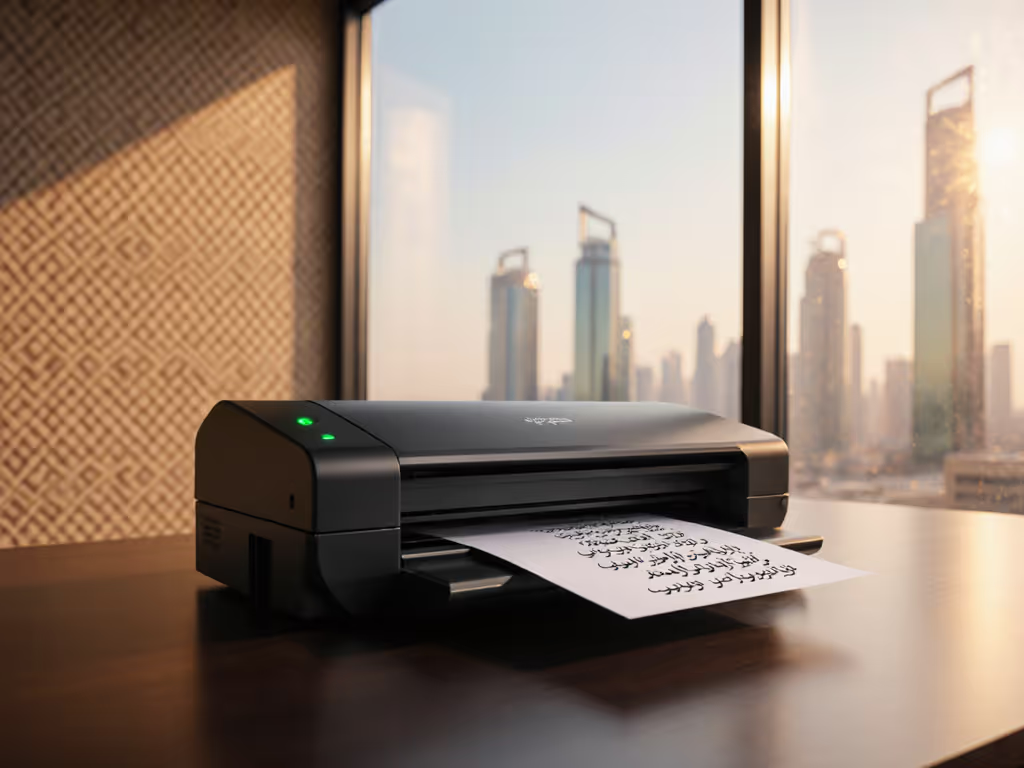
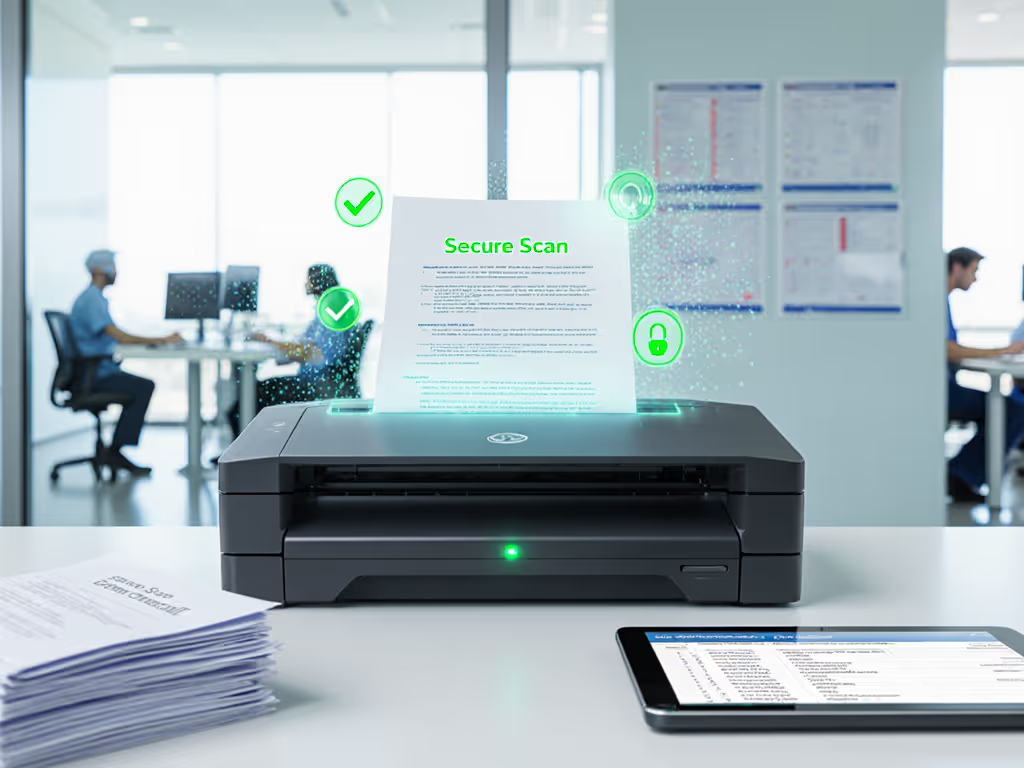
Best HIPAA Compliant Document Scanners of 2025
Identify top HIPAA-compliant scanners that pair end-to-end security with fast, accurate OCR - led by EncryptScan for mobile PHI capture and Canon R40 for high-volume clinics. Follow the included checklist to configure encryption, access controls, routing, and testing to meet 2025 mandates.
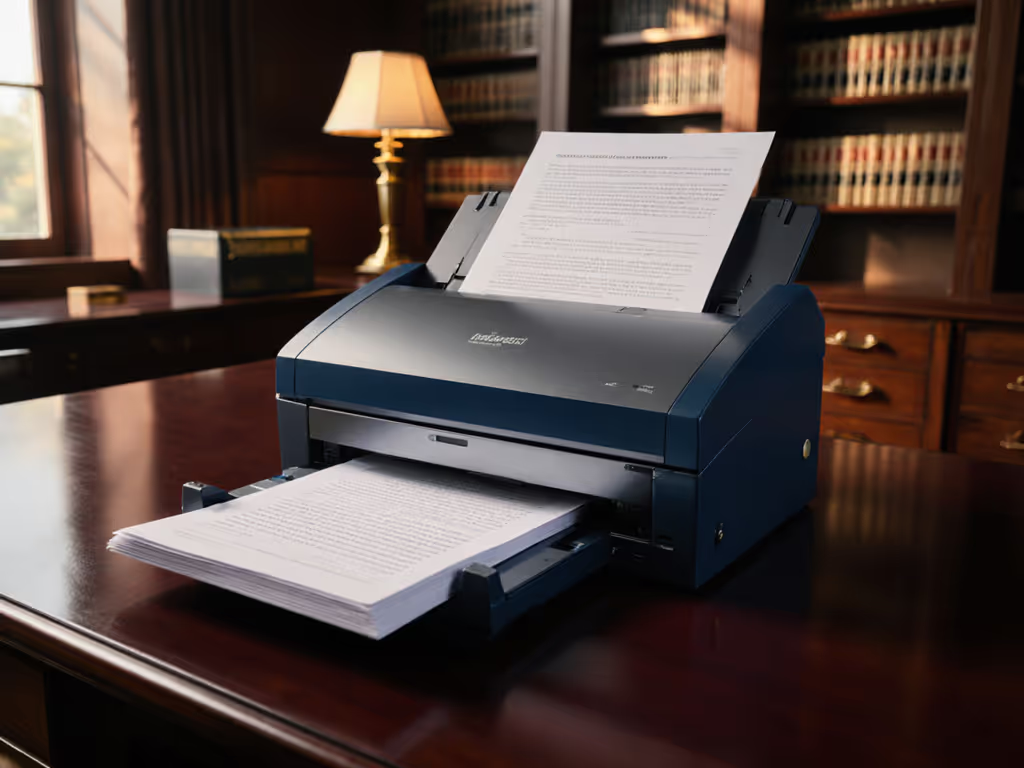
Best Scanners for Lawyers: Secure High-Volume Document Solutions
Get a straightforward framework to choose a law‑firm scanner by total cost and risk - using real-world math to quantify downtime, consumables, and jam recovery. See the must-have features and tested picks that deliver secure, consistent throughput with seamless routing to case management systems.
